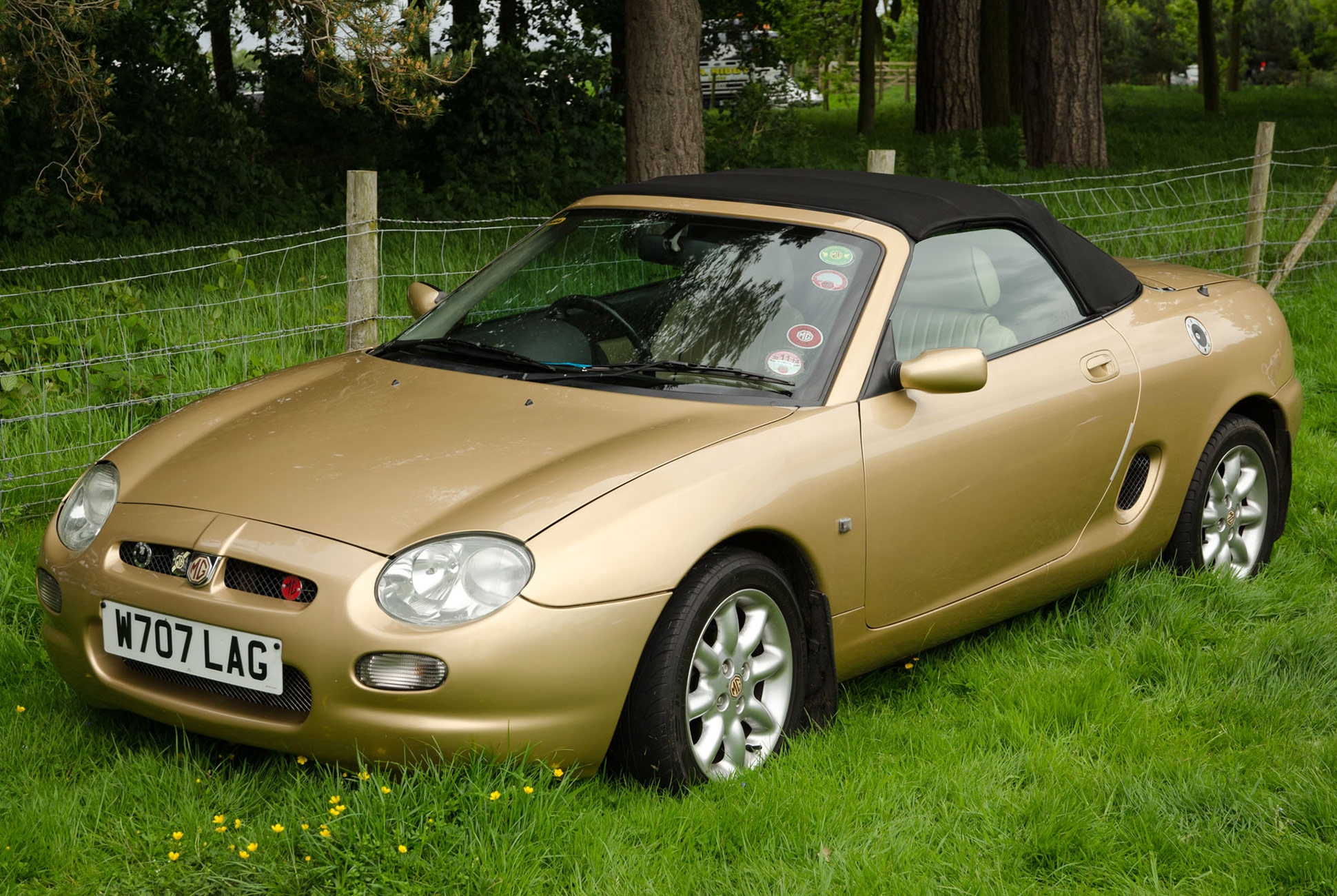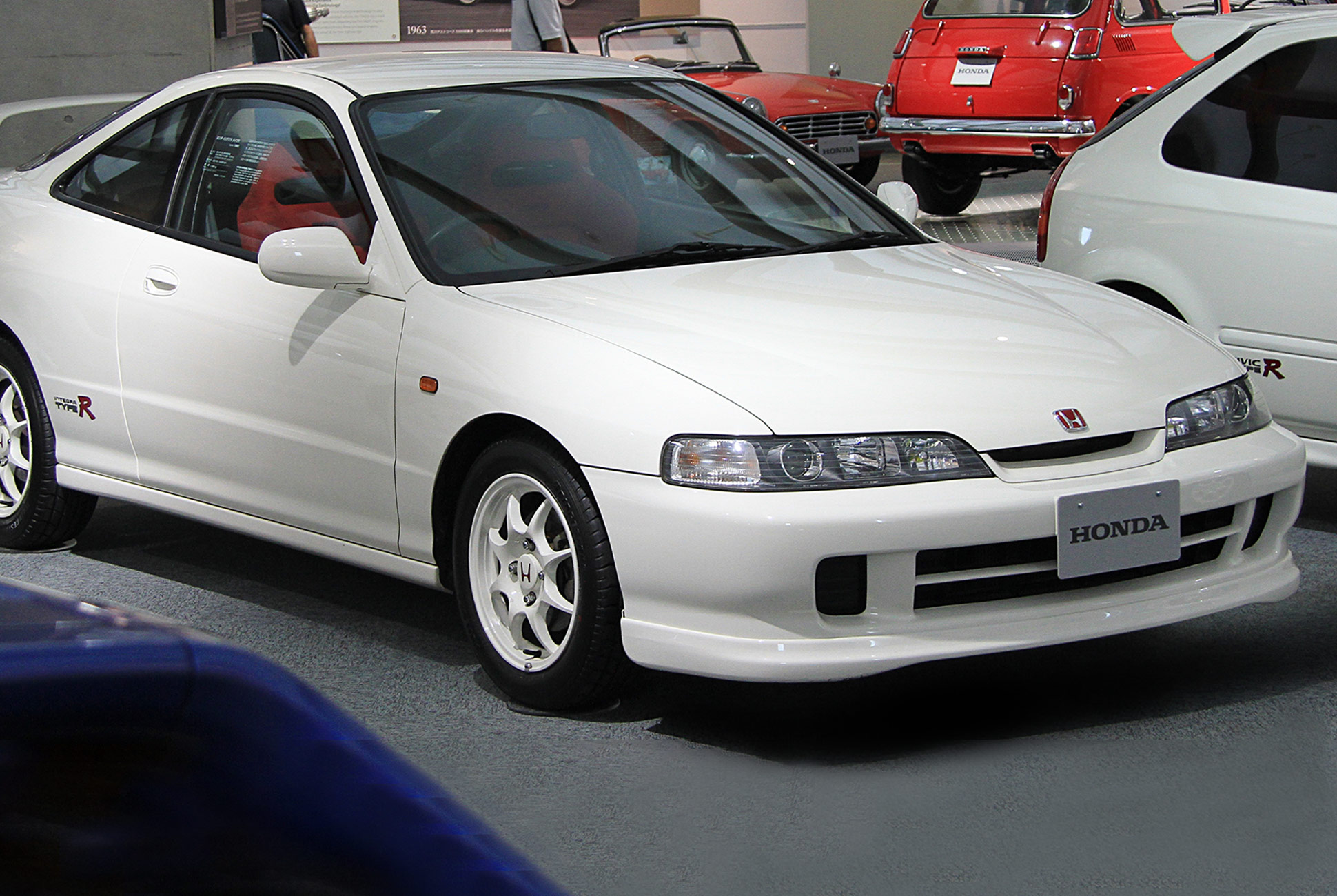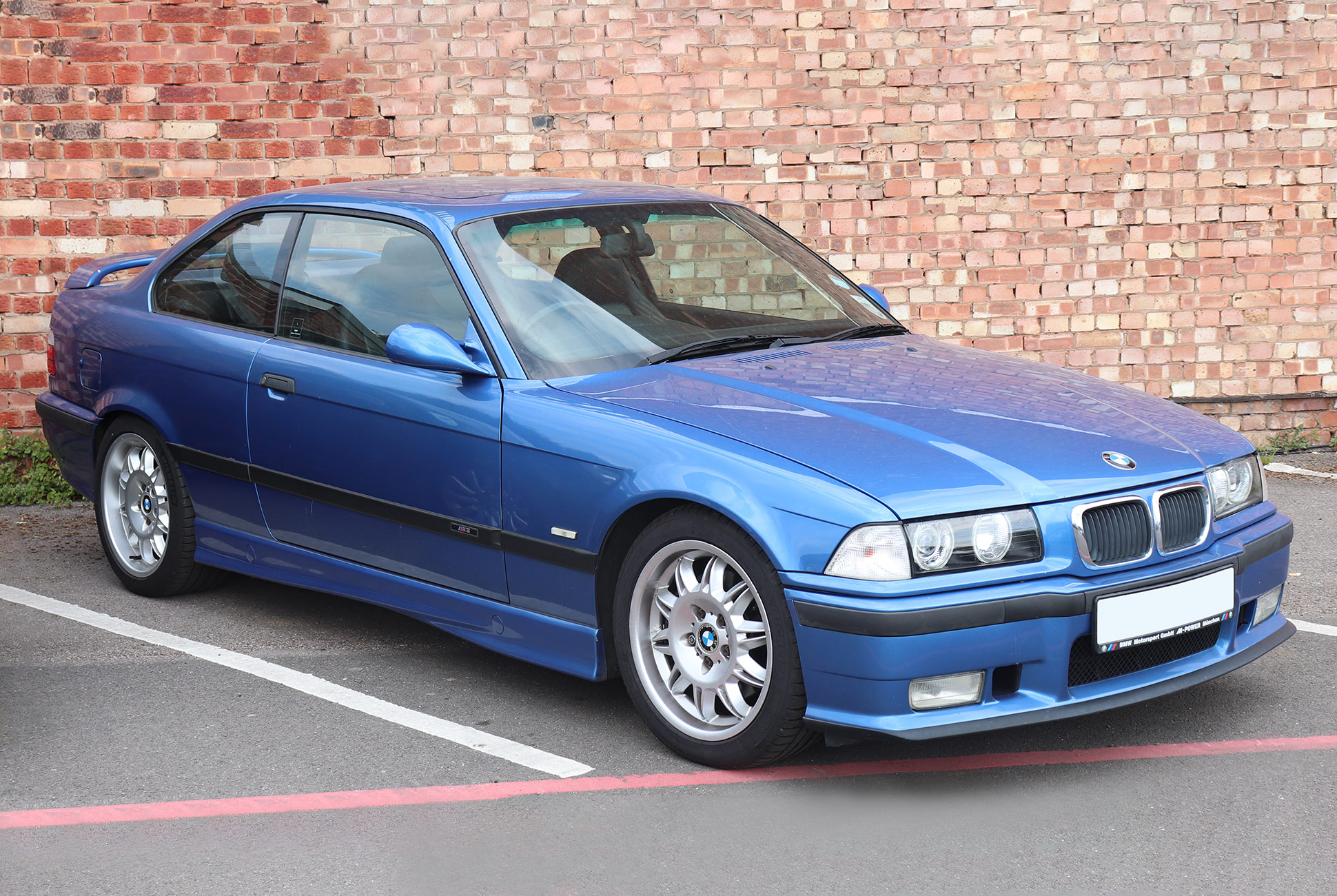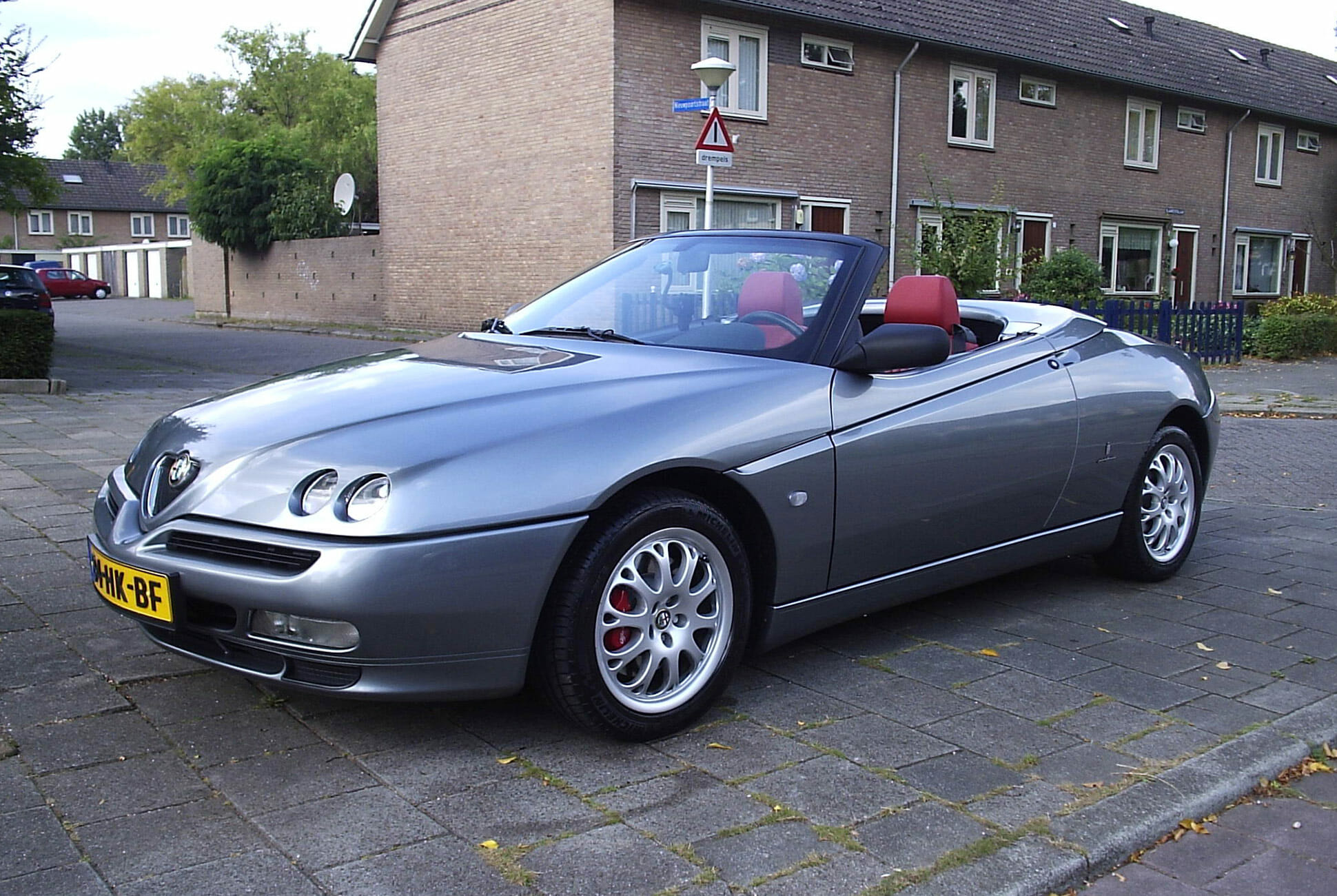Every new year brings with it new blessings and curses, as life burns through its eternal cycle and civilization shifts under the accumulate weight of the past and the eternal promise of the future. For car enthusiasts in the United States, however, the calendar’s relentless churn also brings with it an extra bonus: a whole new batch of vehicles than can be imported Stateside for the very first time.
See, as you may know, the United States has something commonly called the “25-Year Import Law,” which basically says that once a car is a quarter-century old, it’s legal to import it to the U.S. even if it wasn’t cleared to be sold here new. It’s this law that’s helped foster the current market for Land Rover Defenders, but it’s also led to many a funky Bring a Trailer listing as enthusiasts haul over Japanese and European oddities.
So with the 2020 calendar still freshly opened, we figured it was a great time to pull together a list of cars from 1995 that you can finally park in your very own driveway here in the 50 states. Check ‘em out below.
MG F
Photo: Steve Glover via Wikipedia
Roadsters were enjoying something of a renaissance in the mid-1990s; perhaps unsurprisingly, MG –a brand known best for, well, roadsters — was keen to capitalize on it. The MG F that debuted in 1995 is hardly a barnstormer by modern standards (the most powerful version made just 147 horsepower), but its light weight meant it could scamper from 0 to 60 mph in seven seconds or less when new, and its unusual Hydragas suspension gave it an impressive ride/handling balance.
Regardless, like the Miata, it’s a lightweight, rear-wheel-drive two-seat convertible — a combination that spells fun in any decade. Just be sure to watch out for head gasket issues.
Honda Integra Type R
Photo: TTTNIS via Wikipedia
These days, you can grab a brand new Honda Civic Type R straight from your local dealership. Americans in 1995 weren’t so lucky; its predecessor, the Integra Type R, wasn’t sold here. (It’d eventually make its way Stateside as the Acura Integra Type R, but not until 1997.) A 1.8-liter inline-four cranked out 200 horsepower at a screaming 8,000 rpm (well after the VTEC just kicked in, yo), while a titanium shift knob helped choose which of the five close-ration forward gears would be used to steer that power through a limited-slip differential to the front wheels.
A sportier suspension and significant lightweighting made it even more agile than other Integras, but you’ll probably need to spend some tine getting used to the right-hand-drive layout before you take full advantage of that.
BMW M3 (E36 Euro)
Photo: Vauxford via Wikipedia
Yes, you could buy a new BMW M3 here in 1995. But you couldn’t buy the good M3. When the E36-generation M3 received an update in 1995, American versions were given a new 3.0-liter inline-six making 240 horses; Europeans ones, however, used a different 3.0-liter I6 cranking out a much nicer 321 ponies. The facelift — which also brought the stick shift from five to six gears and a few other changes — kicked in for both the sedan and coupe models in late 1995; convertibles wouldn’t get it for another year, but who’s really looking to import an E36 M3 ragtop?
Alfa Romeo GTV / Spider
Photo: Gold333 via Wikipedia
The words “Alfa Romeo Spider” may make you (or your parents) think of Dustin Hoffman listening to Simon & Garfunkel, but in 1995, it meant a four-eyed, front-wheel-drive convertible. Alfa also offered a coupe version, dubbed the GTV. Power for basic models came from a 150-hp 2.0-liter inline-four, while V6 powerplants offered more grunt for those willing to risk a dance with torque steer.
Regardless, you don’t buy this car to go fast, at least not in 2020; you buy it to make heads turn with its arresting, Pininfarina-designed styling.
Nissan Skyline GT-R (R33)
Photo: Tennen-Gas via Wikipedia
The all-new R33-generation Nissan Skyline GT-R the early 1990s held true to the formula that defines the model to this day: wild Japanese styling on a two-door body and a powerful turbocharged engine spitting power to all four wheels to deliver supercar-rivaling acceleration. The 2.6-liter twin-turbo inline-six pounded out 301 horsepower (though Nissan claimed it made a mere 276 as part of a gentleman’s agreement among Japanese carmakers to keep power outputs down), and routed that through a five-speed manual. Four-wheel steering helped improve maneuverability, while standard Brembo brakes helped haul speeds back down. Car and Driver found that a V-Spec version could cook off a 5.3-second 0-60 mph dash; just don’t think about the fact that a base Mustang can beat that, and you’ll love R33 GT-R ownership.
Holden HSV Maloo
Photo: OSX via Wikipedia
It might be tough to find one of these V8-powered, sport-tuned utes that’s ready to import; a mere 173 examples were made that year. Still, if there’s one car worth questing after under the 25-Year Import Law, it’s a sporty V8-powered car with a pickup truck bed that’s been massaged by Holden’s Special Vehicles division — the equivalent of AMG for Australian GM cars. The 5,0-liter V8 churns out 248 horsepower, but if you think that’s not enough to roast those rear tires, you’ve got another thing coming.
Fiat Barchetta
Photo: M93 via Wikipedia
See what we mean about the roadster renaissance? Like its Italian cousin the Alfa Romeo Spider, the Barchetta was a two-seat, front-wheel-drive roadster powered by a four-cylinder engine — in this case, a 1.8-liter inline-four making just 129 hp and 121 pound-feet of torque.
It’s not quick, sure — but this roadster is more about living the all fresco life than screaming through turns at high speed. Besides, a curb weight of around 2,500 pounds means it’s not a complete slug. And hey, at least you won’t have to worry about torque steer.
Mitsubishi Lancer Evolution III
Photo: Kenardeez via Wikipedia
These days, Evos are easy to find on the used car market here in the States, but back in the ’90s, all we could do was gaze across the oceans and dream. The new-for-1995 Evo III squeezed a claimed 270 horsepower out of its turbocharged 2.0-liter inline-four, shunting that power to all four wheels through a five-speed stick. Those aggressive-yet-simultaneously-subtle looks weren’t just to grab attention; the side skirts and rear wing helped add downforce, to keep the car stuck to the pavement at high speeds.









